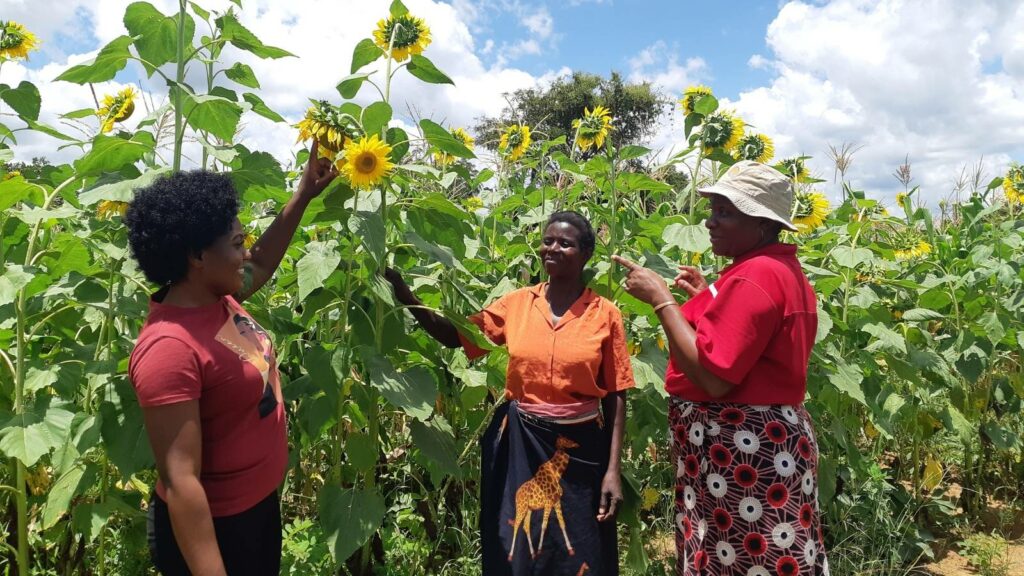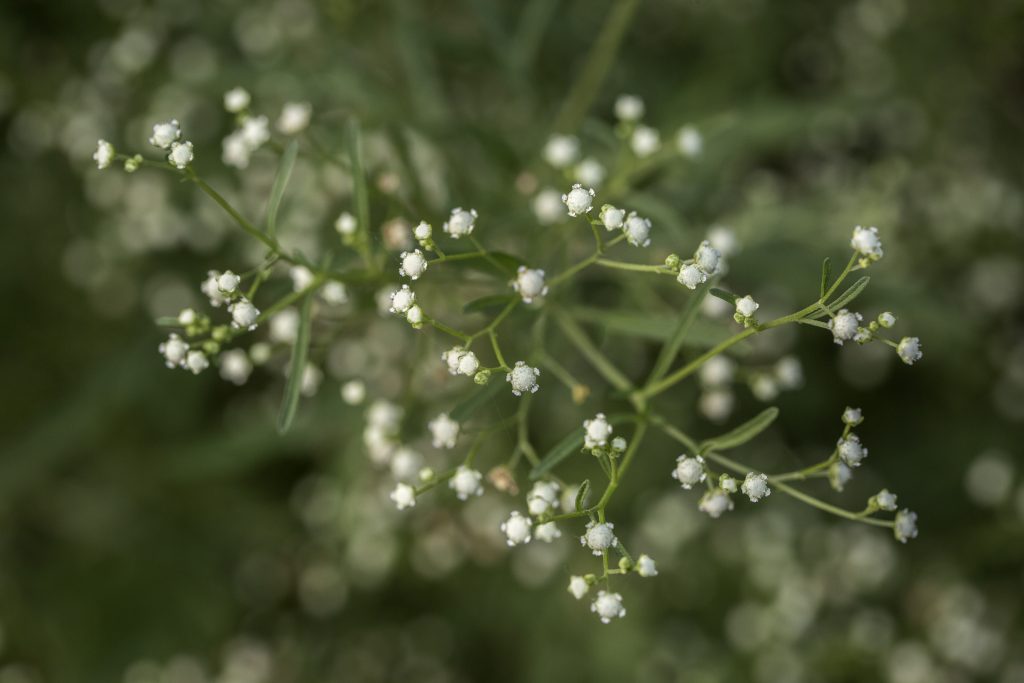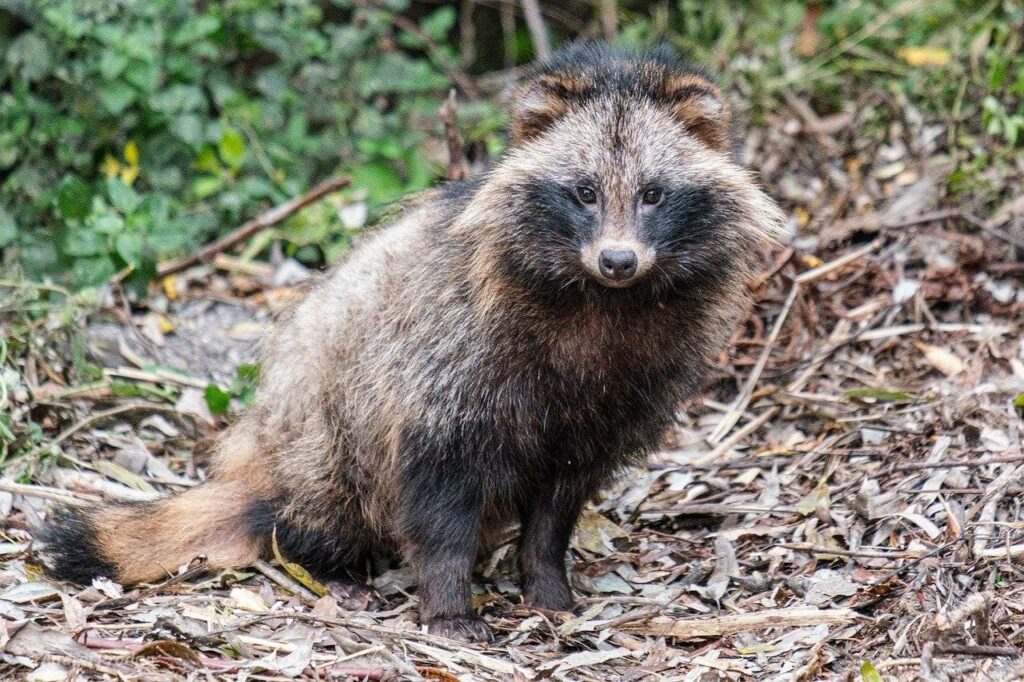Invasive snails: 4 species leaving a trail of destruction
Invasive snails are some of the most damaging invasive species in the world. In invaded regions, they pose a threat to the environment, the economy, and in some cases, human health. Find out more about four of these invasive snails, including their native region, how they became established in invaded areas and the threat they…
Women and girls in science: An interview with Chapwa Kasoma
This month’s International Day of Women and Girls in Science aims to engage women and girls in science. As part of this international day, we are highlighting some of the invaluable work CABI’s female scientists do in the field of agricultural science. Zambia-based Chapwa Kasoma is a postdoctoral research fellow in invasive species management. We…
Invasives most read blogs 2021
As 2021 draws to a close, we have crunched the numbers and pulled together the most read blogs on the Invasives Blog this year. Plus some firm favourites. Invasive species like Himalayan balsam, fall armyworm, and Tuta absoluta proved to be popular topics for our readers this year. CABI’s work in biological control around the world also grabbed readers’…
Asian citrus greening disease: the threat to Africa’s citrus trade
The yield losses attributed to Asian citrus greening disease once established can be devastating. If the disease continues to spread unabated in the citrus growing regions of East Africa, the annual value of lost production could potentially reach up to US$127 million over the next ten to 15 years, according to a recent paper published…
Fighting fall armyworm: a CABI interview
In 2016, fall armyworm (Spodoptera frugiperda) was found in Africa for the first time. This nefarious invasive species feeds on a vast range of plants, causing major damage. Since then, CABI has been working hard in the fight against fall armyworm, including international and national response planning, biological control research and development, mass extension and diagnostic services. As part of the CABI Podcast…
- « Previous
- 1
- 2
- 3
- Next »










